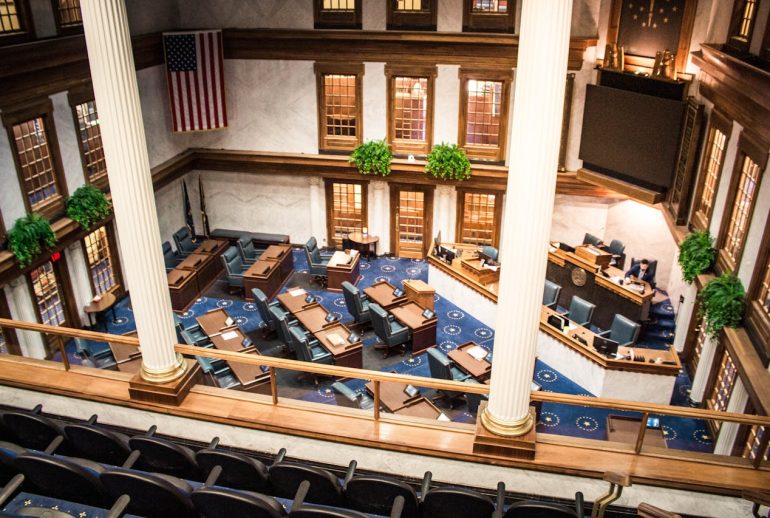The EB-5 Regional Center Program continues to be a critical component of the U.S.
economy and a popular immigration pathway for foreign investors. The introduction of
the EB-5 Reform and Integrity Act (RIA) in 2022 brought sweeping changes to the
program, especially regarding transparency, compliance, and investor protections. As
we move through 2024, several key trends are shaping the EB-5 landscape and
impacting both investors and developers alike.
Increased Focus on Transparency and Compliance
The RIA’s primary goal was to restore trust in the EB-5 program following past instances
of fraud and misuse. The act imposed stricter reporting and auditing requirements on
regional centers, forcing project developers to be more transparent in their financial
dealings and job creation metrics. These reforms have reassured many foreign investors, particularly those from countries with historically high EB-5 participation, such as China, India, and South Korea.
Investors today are much more vigilant about conducting due diligence on regional
center projects before committing their funds. Many are now looking for projects that not
only meet the minimum investment thresholds but also demonstrate strong job creation
potential and financial viability. This shift in investor behavior has pushed regional
centers to enhance their compliance efforts and provide clear, detailed reports on their
project outcomes.
Popularity of Targeted Employment Areas (TEAs)
One of the most notable trends in 2024 is the growing interest in projects located within
targeted employment areas (TEAs). These areas, which include both rural and high-
unemployment zones, allow investors to qualify for a lower investment threshold —
$800,000 compared to the standard $1,050,000. With the unreserved EB-5 visa limit for
FY2024 already reached, TEA projects offer a pathway to quicker visa approvals,
making them increasingly attractive to foreign investors.
The introduction of rural and high-unemployment visa set-aside categories under the
RIA has further boosted demand for TEA-based projects. These set-asides provide
additional visas for investors in these areas, reducing the waiting times that often plague
applicants in high-demand countries. As a result, rural and infrastructure projects have
become highly competitive in the current EB-5 market.
Legislative Updates and Investor Protections
While the RIA provided a significant overhaul of the EB-5 program, the industry
continues to push for further reforms. Advocacy groups, such as IIUSA (Invest in the
USA), are lobbying for improvements in processing times, increased visa allocations,
and enhanced investor protections. Recent discussions in Congress have focused on
refining the RIA’s provisions to ensure that regional centers adhere to the highest
standards of transparency and investor security.
Investors are also paying closer attention to the financial health of regional centers and
the projects they sponsor. This trend aligns with broader concerns about economic
downturns, which could impact the ability of EB-5 projects to create the required number
of jobs. As a result, many regional centers are investing in financial audits, third-party
evaluations, and more robust compliance frameworks to ensure investor confidence.
What Investors Should Do Now
For investors considering the EB-5 Regional Center Program, 2024 is an opportune
time to carefully evaluate project options. With stricter compliance regulations in place
and more transparency in reporting, there is a clearer path to making informed
investment decisions.
- Due Diligence is Key: Investors should thoroughly research regional center
projects, looking for those with strong financial backing, realistic job creation
potential, and proven compliance with RIA requirements. - Explore TEA Projects: Given the competitive nature of the unreserved visa
category, TEA projects provide an excellent alternative for those seeking faster
processing times and reduced investment thresholds. - Stay Updated on Legislative Reforms: Legislative developments continue to
shape the EB-5 landscape, particularly in relation to visa allocations and investor
protections. Staying informed about these changes will help investors make
strategic decisions about their EB-5 investments.
In summary, the EB-5 Regional Center Program in 2024 offers numerous opportunities
for foreign investors, particularly in TEA projects. By staying informed and conducting
due diligence, investors can successfully navigate the evolving EB-5 landscape.
Contact Visa Immigration Pro EB-5 immigration attorneys today to schedule a consultation and
begin your journey towards US residency through investment. Take the first step
towards your American dream and explore the possibilities of the EB-5 program.


